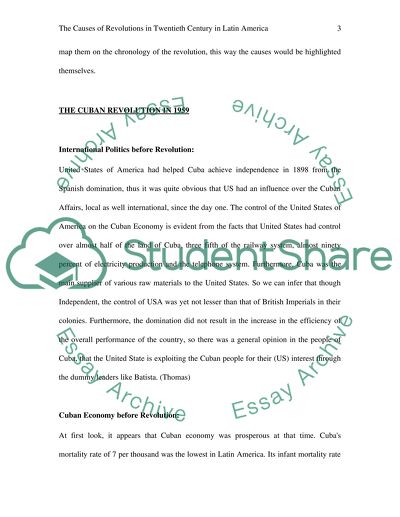Cite this document
(“Revolutions in 20th Century Latin America Essay”, n.d.)
Revolutions in 20th Century Latin America Essay. Retrieved from https://studentshare.org/history/1525053-revolutions-in-20th-century-latin-america
Revolutions in 20th Century Latin America Essay. Retrieved from https://studentshare.org/history/1525053-revolutions-in-20th-century-latin-america
(Revolutions in 20th Century Latin America Essay)
Revolutions in 20th Century Latin America Essay. https://studentshare.org/history/1525053-revolutions-in-20th-century-latin-america.
Revolutions in 20th Century Latin America Essay. https://studentshare.org/history/1525053-revolutions-in-20th-century-latin-america.
“Revolutions in 20th Century Latin America Essay”, n.d. https://studentshare.org/history/1525053-revolutions-in-20th-century-latin-america.


